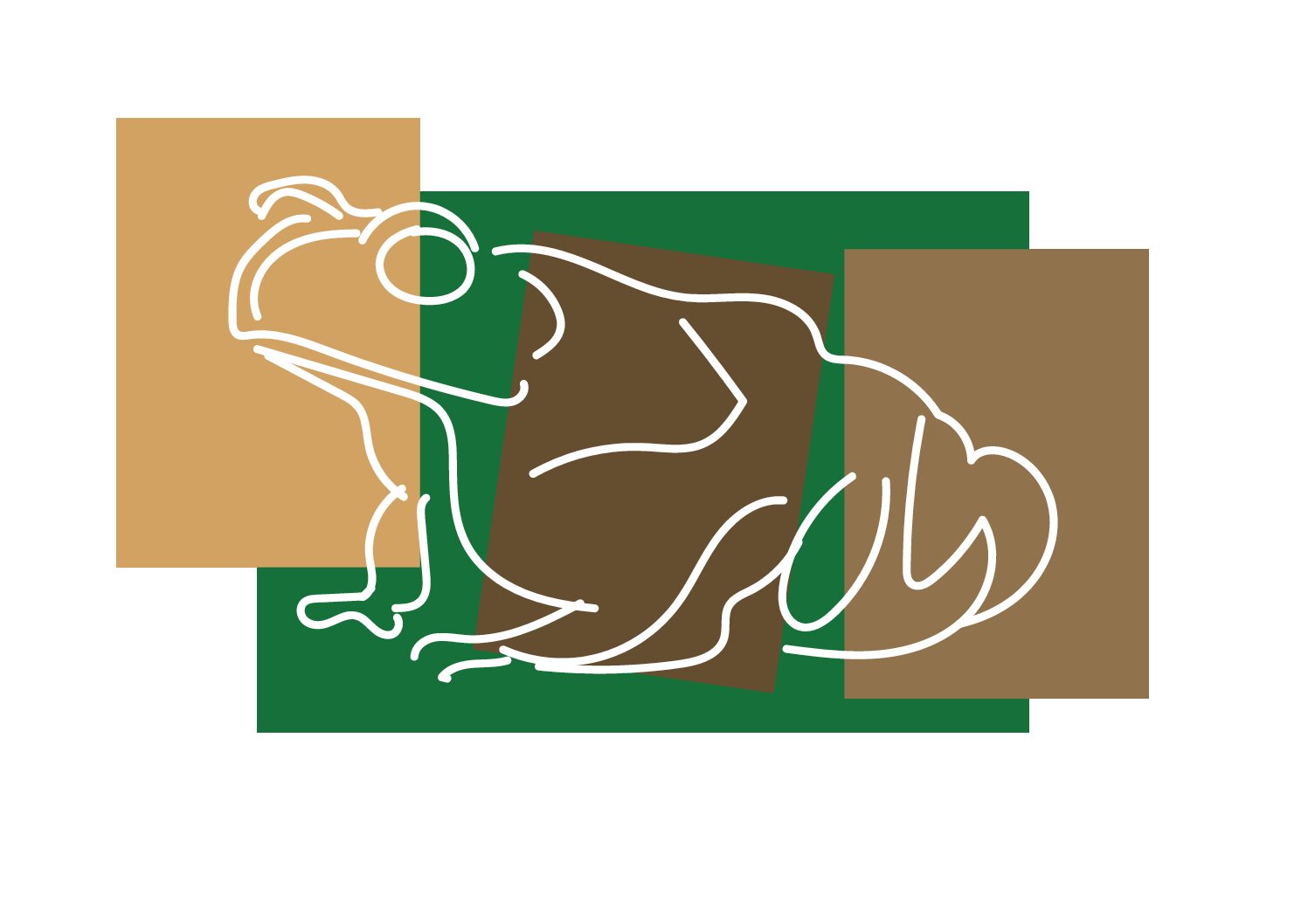Cane toads (Rhinella marina) were brought to Australia from the Americas in the 1930s. Their introduction to the Australian ecosystem was a shock to the local flora and fauna.
The poison of cane toads has ensured that there are few predators in Australia that are willing to take them on. Because of this, the cane toad population in Australia has grown to more than 200 million, according to National Geographic.
As cane toads continue to breed unchecked, they fight within their species for resources. Darwin’s theory of evolution states that the strongest, biggest, smartest members of a population are the ones that continue to survive and breed. This is especially true with the case of Rhinella marina, as their sizes have increased in the tropic region of Australia.
The more toxic the cane toad’s poison, the less likely it is to get eaten. Following that same Darwinism logic, the Australian cane toad population has grown more toxic over the generations. Because of this, humans and other Australian animals are hurt or killed by their increased toxicity.
Due to the cane toad’s nature as an invasive species, local plant biodiversity has decreased. The food chain has been disrupted, so now plants that were previously uneaten are being consumed by Rhinella marina. This limits the number of natural resources available to make habitats for other animals, further decreasing biodiversity.
With each new cane toad generation, they become more toxic and higher up on the food chain. However, each new generation of these toads also becomes more and more infertile. A 2017 study in New South Wales found that female cane toads become more infertile with each generation — regardless of food availability. Male cane toads have also been found to have lower sperm counts, further inhibiting fertility.
This experiment has demonstrated a complicated part of competitive evolution. That is, sometimes surviving is not the best thing for a species. While cane toads have become harder for predators to hunt, they are breeding themselves infertile. This could lead to future cane toads having unbalanced endocrine levels, birth defects and premature death.
The study, conducted by the University of Sydney, the University of Wollongong and Macquarie University also concluded that the cane toads’ overall quality of health was declining every generation. It was reported that young male cane toads were less healthy than their elders, even if they lived in the same habitat. The toads used in the study were also reported as more lethargic than toads that were even just a year older.
While cane toads are an invasive species, their time in Australia seems limited. The Australian government encourages residents to eliminate these toads, as they are impacting the local ecosystem (and consequently, farmlands). Contests are held to see who can design the best cane toad trap in certain parts of Australia.
Combining Australia’s permitting the elimination of cane toads with the fact that each new cane toad generation is significantly less healthy, it would appear that Australia might not have to worry about these toads for much longer.
Graphic by Lizzy Talbert




